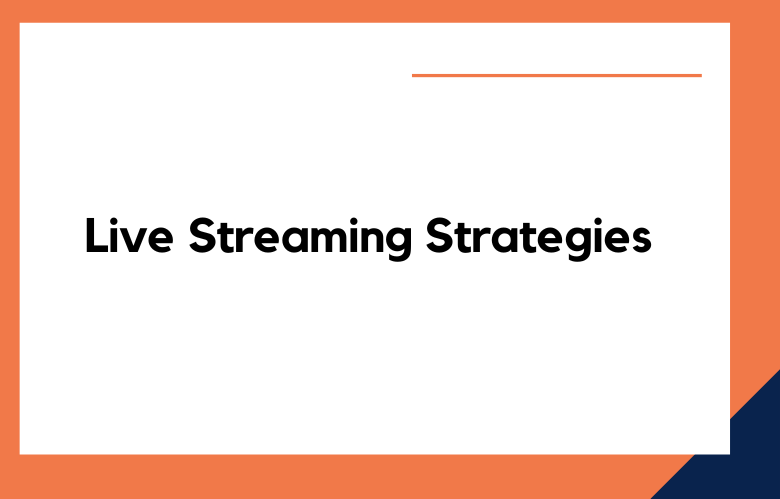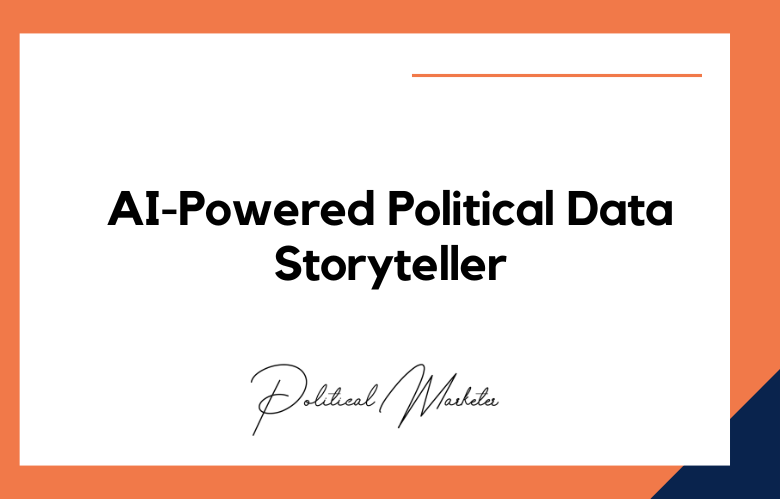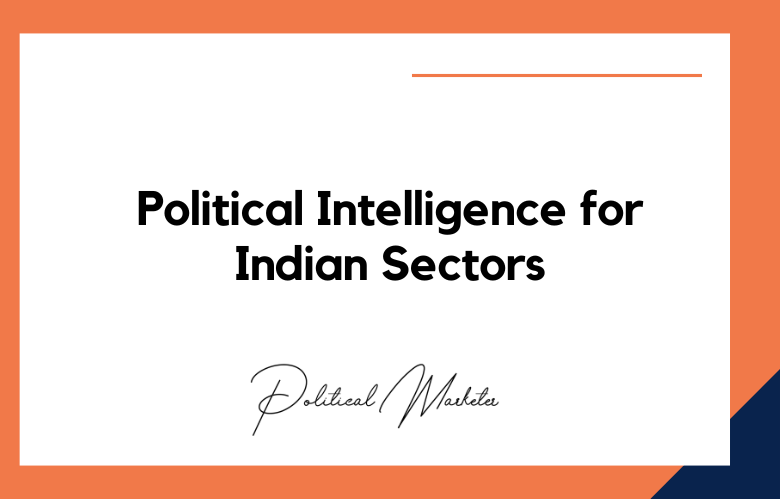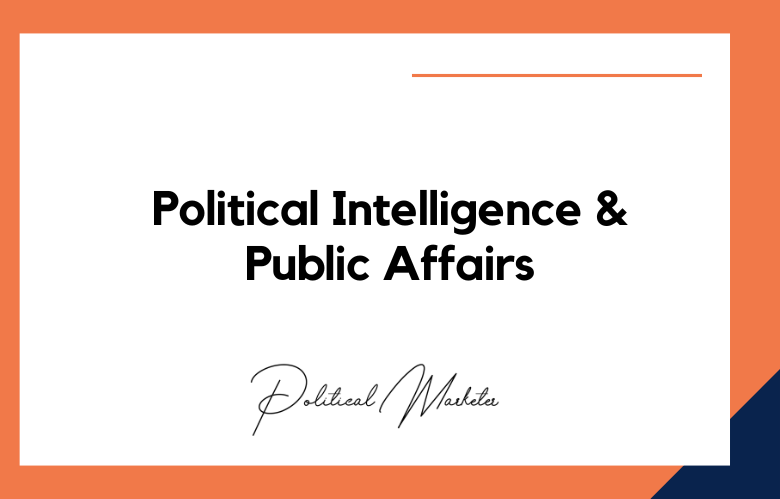In an age where social media dominates politics, generating large amounts of user-generated content (UGC) is essential for any political campaign. UGC represents a valuable resource for political candidates seeking to engage voters and build support, as it provides authentic, grassroots perspectives that resonate with voters.
We will explore some of the most effective UGC strategies for political campaigns, including social media engagement, viral campaigns, and user-generated endorsements.
Viewers to Voters: Enhancing Political Campaigns through Live Streaming
Live-streaming has become increasingly popular for communication and engagement across various industries in recent years. The political arena is no exception, as live-streamed events and debates have become essential components of political campaigns.
Live-streaming technology has emerged as a highly effective strategy for enhancing political campaigns. It is now considered a crucial element of any successful political campaign.
One of the most apparent advantages of live-streaming for political campaigns is its ability to reach large audiences quickly and easily.
Social media and other streaming platforms allow political candidates to quickly and easily broadcast messages to voters, regardless of location.
By using live-streaming technology in this way, candidates can directly engage with voters, build relationships, and gain valuable insights into the issues that most concern them.
Streaming Success: How Live Streaming Can Supercharge Political Campaigns
Live streaming has become a powerful tool in the world of politics. By providing real-time updates, engaging with voters, and offering a more authentic look into campaign events, political candidates use live-streaming to create a stronger connection with voters and drive engagement.
One of the most significant advantages of live streaming is its ability to reach a broader audience. With the rise of social media and mobile devices, live streaming has become more accessible than ever, allowing political campaigns to connect with viewers worldwide.
Moreover, live-streaming is a cost-effective way to communicate with large audiences, eliminating the need for expensive production equipment and venues.
Live-streaming also allows political candidates to be more transparent and accessible. When candidates live-stream their events and speeches, voters access more unfiltered content. This can build trust and credibility with voters and allow them to make more informed decisions.
Behind the Scenes: Live Streaming Strategies Revealed for Political Campaigns
Political campaigns worldwide have increasingly relied on live-streaming to connect with voters and garner support. With the ongoing COVID-19 pandemic putting a halt to rallies and public gatherings, live-streaming has become a vital tool for politicians to reach out to their electorate.
Live-streaming is not merely a passive strategy but an active and dynamic tool that can be used to engage voters. It is an opportunity for political candidates to establish their presence, demonstrate their charisma, and connect with voters more personally.
Live-streaming can also help to overcome the challenges presented by social distancing and the limitations of traditional campaigning. Moreover, it can be used to address the concerns of the public, clear misconceptions, and clarify issues that a candidate may be scrutinized for.
Immersive Engagement: Live Streaming Techniques for Impactful Political Campaigns
With the widespread reach of social media and technological advancements in video streaming, political campaigns can now leverage immersive engagement techniques in live-streaming to impact voters.
These techniques can range from behind-the-scenes footage of campaign events to interactive Q&A sessions with candidates, ultimately creating a sense of transparency and authenticity.
One example of this can be seen in the 2020 United States Presidential Campaign, where Joe Biden utilized live-streaming to connect with voters.
Biden went live on Instagram with his running mate Kamala Harris to discuss their joint plan on policy goals, engage with voters on their concerns, and take questions from the audience. The live stream generated thousands of views and allowed the campaign to showcase its candidates in a more personalized and honest light.
Staying Relevant: Dynamic Live Streaming Strategies for Political Campaigns
Political campaigns have always relied on various strategies to woo voters, and in recent years, technology has become an essential tool in the political communication arsenal.
The rise of live-streaming has opened up new opportunities for political campaigns to engage with voters directly, in real-time, and without geographical boundaries. This new digital frontier, however, requires a different approach to traditional political communication tactics.
To stay relevant in today’s political landscape, candidates must adopt dynamic live-streaming strategies that capture voters’ attention and provide substantive content.
One of the most effective ways to achieve this is by utilizing social media platforms like Facebook Live, Instagram Live, and Twitter’s Periscope. These platforms allow candidates to reach a wider audience without the need for traditional media outlets.
Virtual Campaign Trail: Enhancing Reach through Live Streaming in Political Campaigns
Political campaigns have increasingly relied on virtual platforms to reach potential voters in recent years. Live-streaming technology has further revolutionized these efforts, providing an unprecedented opportunity for politicians to connect with their constituents in real-time.
Live-streaming political events allows for greater inclusivity and engagement, as individuals who may not have the opportunity to attend physical events can still participate and interact with the candidates. This platform allows political leaders to expand their reach and engage with a larger audience than otherwise possible.
Social Media Engagement
Social media platforms like Facebook and Twitter make it easy for political candidates to interact with voters in real-time and collect UGC.
Campaigns must create a strategy plan and post content encouraging followers to leave comments, like, and share. Voter engagement increases the reach of your campaign and gives your candidate an authentic community built on your supporters’ ideas and endorsements.
A great example of a political campaign that has successfully leveraged social media engagement is the 2020 Biden campaign.
The campaign effectively used social media by sharing posts about supporters’ experiences with the candidate and, in turn, encouraging supporters to generate their UGC. The strategy was instrumental in creating an authentic relationship between the followers and the candidate.
Viral Campaigns
Viral campaigns are fun, creative ways to get supporters excited about the campaign and help spread your message. It is easy to create viral campaigns that require active user participation and have incentives for the creative content produced.
For instance, the “I Voted Sticker” campaign was widely popular, generating significant UGC in the 2020 US presidential elections. The campaign encouraged users to create their “I Voted” stickers, leading to a torrent of user-generated photos replete with colorful designs.
User-Generated Endorsements
User-generated endorsements are from voters and supporters who genuinely believe in the candidate’s abilities and ideals.
These endorsements represent an authentic voice in the campaign and can be used to drive online conversations and inspire activism. Endorsements from respected individuals and groups can build upon the candidate’s credibility and lead to more informed voting by others.
A great example of a political campaign leveraging user-generated endorsements was the 2008 Obama campaign, where voters created video endorsements of the candidate.
The endorsements were authentic and passionate, creating a ripple effect that increased the campaign’s visibility and created more excitement around the campaign.
User-Generated Petitions
User-generated petitions are another effective strategy for political campaigns. It allows the movement to mobilize people behind a specific cause or a request, leading to greater visibility and creating a sense of urgency among supporters.
Campaigns can use user-generated petitions to increase the candidate’s profile, collect email addresses, and create more awareness around the issue.
A great example of a political campaign that successfully leveraged user-generated petitions is the 2012 Romney campaign, where the campaign created a petition to repeal the Affordable Healthcare Act. The campaign generated considerable UGC, highlighting the issue and increasing supporters’ interest.
Conclusion:
UGC presents an enormous opportunity for political campaigns, allowing candidates to engage with voters, build support, and mobilize people behind a cause.
To make the most of UGC, political campaigns must develop effective engagement strategies that encourage users to generate user-generated content.
By adopting these strategies, campaigns can create a groundswell of support, build credibility, and gain the momentum needed for a successful outcome. Above all, campaigns must be creative, authentic, and engaging, keeping the candidate’s message at the front of the conversation, even in a crowded and noisy campaigning space.
Call: +91 9848321284
Email: [email protected]











